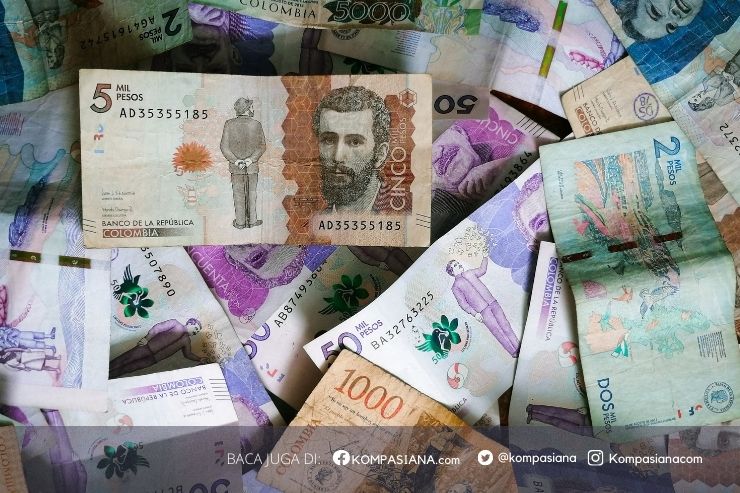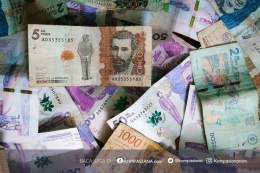This is highly important because an increase in these key sectors will have a significant impact on economic growth in general. In addition to ensuring that connectivity between economic sectors runs smoothly, the government can also pay particular attention to the sectors that are experiencing the worst impact of the COVID-19 pandemic, namely the transportation and warehousing sectors, and the accommodation, food, and drink sectors.
The manufacturing sector is one of the main sectors of Indonesia's GDP with a value of IDR 732.74 Trillion or the equivalent of 19.87%. This sector has also experienced the impact of the COVID19 pandemic, so it must experience an economic contraction by -6.19%. This unstable economy causes many companies in this sector to lay off their employees so that the unemployment rate increases and people's purchasing power decreases.
The decline in purchasing power can be seen from the decline in household consumption by -6.51%. Although the decline is still moderate, the component of household consumption in the expenditure side of GDP is the largest component of GDP, namely 57.85%. So that a little movement in this component exactly affects the GDP as a whole.
To revive the collapsed manufacturing sector, the government can carry out various stimulating policies, one of which is by distributing credit funds to real sectors, micro and small company and other businesses entity through intermediaries for commercial bank partners and other financial companies.
Also, tax reduction policies or electricity subsidies specifically for business purposes can be applied to stimulate business owners to start producing. It is hoped that with these various policies the GDP value of the industrial sector can increase from Rp. 732.56 Trillion in the second quarter of 2020 could equal or exceed the GDP value of the third quarter of 2019, namely Rp. 788.72 Trillion.
The second main sector is the agricultural sector. Although this sector, which covers 15.46% of Indonesia's GDP, did not experience an economic contraction, its position has now become increasingly strategic. While stagnating international trade flows, the agricultural sector must be ensured to continue producing to maintain domestic food security. Therefore, the government must ensure that farmers need to keep them planting, especially substitutes for imported products such as seeds, fertilizers, or agricultural tools. Apart from maintaining the availability of food supplies, changes in the agricultural sector will have a significant impact on economic growth.
Next is the wholesale and retail sector. This sector, which contributes to 12.84% of Indonesia's GDP value, is strongly influenced by fluctuations in other sectors such as the manufacturing sector, transportation and warehousing, and especially the level of people's purchasing power.
Therefore, various improvements in these related sectors will have a positive impact on this sector. Entering the third quarter of 2020, we can see that many business owners have started to open their businesses, including traders. Of course, this is a positive sentiment because psychologically it will encourage other entrepreneurs to rerun to their business.
Domestic Consumption & Saving
Then what about us? What can we do as consumers? Amid an unstable economic condition like this, we must be more careful and wise in spending money. We have to sort out which needs can be postponed and which cannot. Although we have to be wiser, we still have to do routine shopping as usual so that the position of the household consumption component is maintained.
Besides that, we have to keep saving. The COVID-19 pandemic has not only hampered the flow of international trade but also the flow of investment from abroad.







